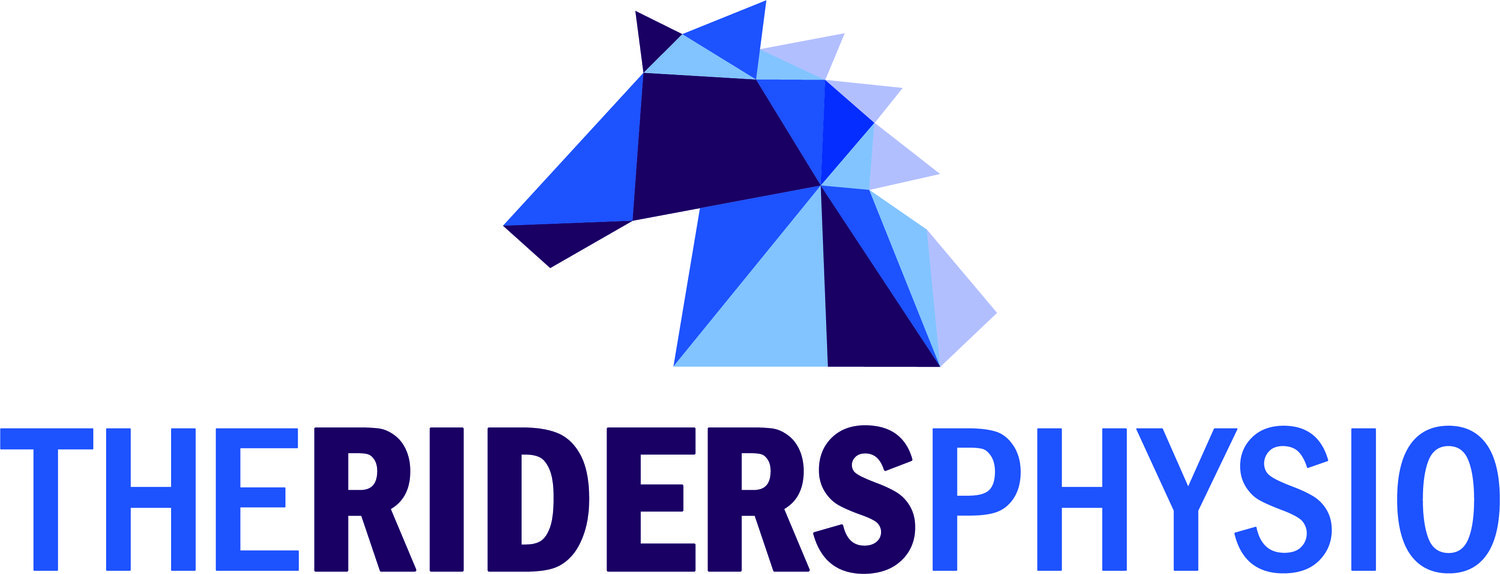FAQ: Why should I do unmounted exercise when I ride for many hours a week?
Answer: Research suggests you should, experts strongly recommend it, and anecdotally heaps of top riders find it improves their riding performance.
Here is some snippets from relevant scientific research in the area..
The riders heart rate can get up to 85% of its maximal capacity during sit trot and canter (Devienne and Guezennec, 2000, Roberts, Shearman and Marlin, 2010 and Westerling, 1983)
Heart rate, oxygen consumption (VO2) and energy cost is greater with ‘lethargic horses’ (Devienne and Guezennec, 2000).
Sung et al (2015) found that elite riders tended to have a higher heart rate than amateur riders during riding (jumping).
A study into 18-25yo competitive riders found they had suboptimal fitness levels compared to age matched subjects from non-equestrian sports. They concluded that riding as your only form of exercise may not elicit enough of a sustained aerobic challenge to enhance your cardiorespiratory fitness (Meyers and Sterling, 2000).
“The performance of competitive riders is influenced by their aerobic capacity; therefore it is in their best interest to do additional aerobic fitness training,” (Devienne and Guezennec, 2000).
“Equestrian athletes spend many hours each week ensuring proper nutrition, exercise and training, and excellent medical care is provided for their horse. However, many riders overlook these important areas for themselves,” (Roberts, Shearman and Marlin, 2010).
“In the interest of the horse, the fitness and competence of the rider are regarded as essential.” “A tired horse will be hindered by a tired rider”. “The data support a requirement for equestrian athletes to undertake supplemental training, in addition to riding to increase strength and aerobic fitness,”(Roberts, Shearman and Marlin, 2010).
NB: Studies into the aerobic demands of elite equestrian sports are lacking, most studies have included amateur riders in a non-competition environment. Riding at a FEI level during a competition is likely to induce a higher heart rate than during simulated competition or laboratory based experimental situations.
Interestingly, even very fit FEI riders note red lining (85% or higher of heart rate max) at times during lessons and competitions, with similar heart rates to that of when running hard.
Do your own experiment: Do you have a smart watch or have you ridden with a heart rate monitor? What’s your maximum heart rate during a test at a competition or during a lesson? Does it compare to when you do a hard run/cycle/swim/climb stairs? If you don’t have a gadget, manually take your pulse for 15sec, x4 to work out beats/min.
Image: https://en.wikipedia.org/wiki/Heart_rate#/media/File:Exercise_zones_Fox_and_Haskell.svg
TAKE HOME MESSAGE: Optimising your aerobic capacity (cardiovascular fitness) makes you more accustomed to the physical stress placed on your body during competitions and hard rides, allowing you to ride at your best at all times, even when the pressure is on. On a side note.. Achieving 75min of vigorous activity or 150min of moderate activity per week is recommended by WHO to stave of most chronic illnesses, stress, anxiety, depression, boost your immune system and the list goes on. So you will hopefully live until you’re 110!
NB: Seek advice from your health care professional or GP’s prior to embarking on a new or different exercise regime. This blog is intended for general advice. Get in touch for your own individualised rider fitness program.
Tune in for part B
Muscle activity, posture, symmetry and more coming soon..
Devienne, M. F., & Guezennec, C.Y. (2000). Energy expenditure of horse riding. Eur J App Physiol. 82: 499-503.
Douglas, J. L., Price, M., & Peters, D. M. (2012). A systematic review of physical fitness, physiological demands and biomechanical performance in equestrian athletes. Comparative Exercise Physiology. 8(1): 53-62.
Meyers, M. C., & Sterling, J.C. (2000). Physical, hematological, and exercise response of collegiate female equestrian athletes. Journal of Sports Medicine and Physical Fitness. 40: 131-138.
Roberts, M., Shearman, J., & Marlin, M. (2010). A comparison of the metabolic cost of the three phases of the one-day event in female collegiate riders. Comparative Exercise Physiology. 6(3): 129-135.
Sung, B. J., Jeon, S. Y, Lim, S, R., Lee, K. E., & Jee, H. (2015). Equestrian expertise affecting physical fitness, body compositions, lactate, heart rate and calorie consumtion of elite horse riding players. Journal of Exercise Rehabilitation. 11(3): 175-181.
Westerling, D. (1983). A study of physical demands in riding. Europe Journal of Applied Physiology and Occupational Physiology. 50, 373-382.



